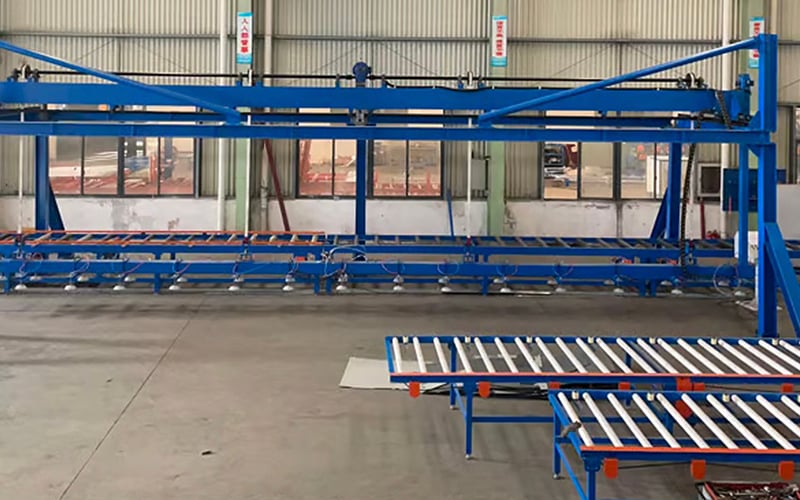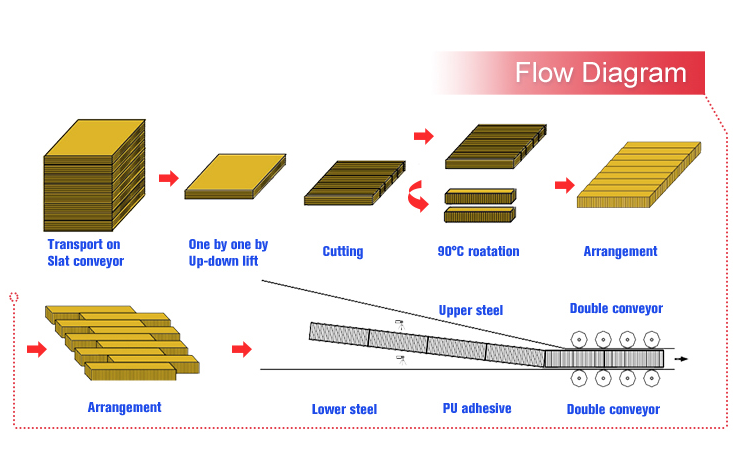Table of Contents

The Benefits of Using a Stacking machine for Efficient Operations
As industrial processes become more streamlined and efficient, the use of automation and specialized machinery has become increasingly prevalent. One such machine that has revolutionized many industries is the stacking machine. This article explores the various benefits of using a stacking machine for efficient operations.
1. Increased Productivity
A stacking machine is designed to automate the process of stacking or arranging objects in a specific order. By utilizing a stacking machine, businesses can significantly increase their productivity levels. The machine can perform the stacking process much faster than manual labor, allowing for higher output in a shorter amount of time. This increased productivity can lead to greater profitability and a competitive edge in the market.
2. Improved Efficiency
Efficiency is a key factor in any business operation. Stacking machines are built with efficiency in mind. They are designed to optimize the stacking process, minimizing the potential for errors and reducing waste. With precise and accurate stacking, businesses can save time, money, and resources.
3. Enhanced Safety
Manual stacking can be physically demanding and potentially hazardous for workers. Stacking machines eliminate the need for manual labor in this particular task, reducing the risk of injuries and accidents. By automating the stacking process, businesses can create a safer working environment for their employees.
4. Versatility
Stacking machines are available in various configurations and can handle different types of objects, ranging from boxes and crates to pallets and containers. This versatility allows businesses to adapt the stacking machine to their specific needs and requirements. Whether stacking products for storage or transportation purposes, a stacking machine can effectively handle the task.
5. Space Optimization
Efficient use of space is crucial in many industries, especially when it comes to storage and logistics. Stacking machines enable businesses to maximize the use of available space by stacking objects in a compact and organized manner. This not only saves valuable floor space but also simplifies inventory management and facilitates efficient retrieval of products.
6. Consistency and Precision
Manual stacking often results in inconsistencies and uneven stacking patterns. Stacking machines, on the other hand, ensure consistent and precise stacking every time. This uniformity is essential for maintaining product quality, especially in industries where stacked products need to remain intact during transportation or storage.
7. Cost Savings
While the initial investment in a stacking machine may seem significant, the long-term cost savings can outweigh the upfront expenses. By automating the stacking process, businesses can reduce labor costs, minimize product damage, and optimize space usage. These cost-saving benefits make stacking machines a valuable asset for any operation.
8. Flexibility
Stacking machines can be integrated into existing production lines or operated as standalone units. This flexibility allows businesses to customize their operations according to their specific requirements. Whether used in conjunction with other automated machinery or as a standalone system, stacking machines offer the flexibility to adapt to different production environments.
9. Scalability
As businesses grow and expand, their operational needs may change. Stacking machines are scalable, meaning they can accommodate increasing production volumes without requiring significant modifications or replacements. This scalability ensures that stacking machines can continue to meet the demands of a growing business.
10. Increased Customer Satisfaction
Using a stacking machine can indirectly improve customer satisfaction. With increased productivity, businesses can fulfill orders more quickly and efficiently. This leads to faster order processing and reduced lead times, resulting in happier customers who receive their products in a timely manner.

